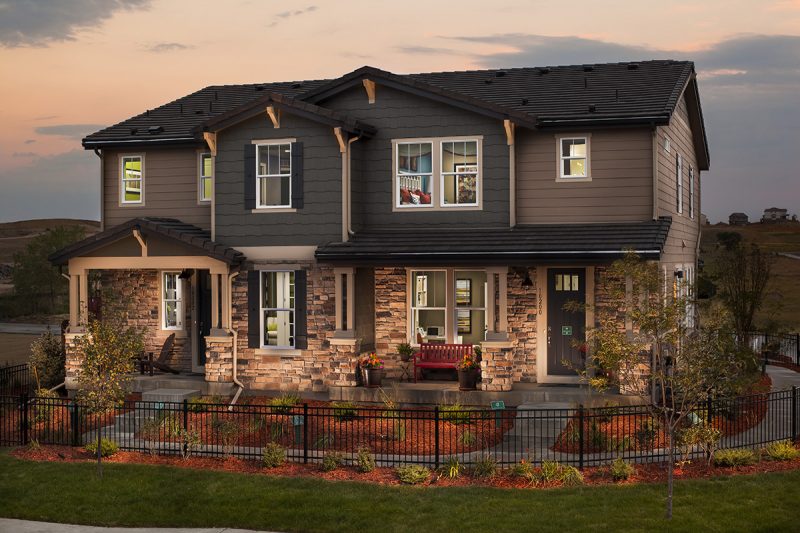As inventories remain tight, home buyers may be drawn to new-home construction. But what determines whether they will pay more for buying new than for an existing home?
If the buyer takes steps to limit construction costs and omits custom finishes, building a house may be about $7,000 cheaper than buying an existing home, according to a new analysis from Bankrate.com.
Prices also depend on location and the options the buyer selects.
The median sales price of an existing home was $309,800 in December 2020, according to the National Association of REALTORS®. The average cost of building a new house was $302,817, according to HomeAdvisor. However, recent run-ups in lumber costs may be adding considerably more to new home costs.
The operating costs for a new home may be cheaper in the long run, according to the National Association of Home Builders. Homes built after 2010 tend to have operating costs of about 3% of the home’s value. The operating costs of homes built prior to 1960 are more than 6%, according to the NAHB’s analysis.
But when buying new, homebuyers may face extra costs for upgrades, landscaping, and appliances than they may not have in purchasing a resale home.
Real estate pros cite several pros of buying new—such as avoiding the hassle of competing offers and eliminating the need for renovations. But they also cite some cons for buyers to consider like the extended timeline and cost overruns, which are common in new-home construction.
On the other hand, existing homes tend to offer faster move-in times and potentially more bargaining power, real estate pros say. But market competition for a limited stock of homes in many areas is making bidding wars more common.
Source: “Is It Cheaper to Build or Buy a House?”Bankrate.com (Feb. 18, 2021)













